2019
Stamou, A.; Kakkavas, G.; Tsitseklis, K.; Karyotis, V.; Papavassiliou, S.
Autonomic Network Management and cross-layer optimization in Software Defined radio environments Journal Article
In: Future Internet, vol. 11, no. 2, 2019, ISSN: 19995903, (cited By 10).
Abstract | Links | BibTeX | Tags: Analog circuits; Cognitive radio; Network function virtualization; Network management; Radio; Radio receivers; Resource allocation; Software defined networking; Testbeds; Transfer functions; Virtual reality, Autonomic network management; Cognitive radio networks (CRNs); Cross layer optimization; Cross layer resource allocations; Network re-configuration; Reconfiguration control; Software-defined radios; State-of-the-art technology, Software radio
@article{Stamou2019,
title = {Autonomic Network Management and cross-layer optimization in Software Defined radio environments},
author = {A. Stamou and G. Kakkavas and K. Tsitseklis and V. Karyotis and S. Papavassiliou},
url = {https://www.scopus.com/inward/record.uri?eid=2-s2.0-85061190116&doi=10.3390%2ffi11020037&partnerID=40&md5=458dca75a6acc2729e6c5b6043737655},
doi = {10.3390/fi11020037},
issn = {19995903},
year = {2019},
date = {2019-01-01},
journal = {Future Internet},
volume = {11},
number = {2},
publisher = {MDPI AG},
abstract = {The demand for Autonomic Network Management (ANM) and optimization is as intense as ever, even though significant research has been devoted towards this direction. This paper addresses such need in Software Defined (SDR) based Cognitive Radio Networks (CRNs). We propose a new framework forANMand network reconfiguration combining Software Defined Networks (SDN) with SDR via Network Function Virtualization (NFV) enabled Virtual Utility Functions (VUFs). This is the first approach combining ANM with SDR and SDN via NFV, demonstrating how these state-of-the-art technologies can be effectively combined to achieve reconfiguration flexibility, improved performance and efficient use of available resources. In order to show the feasibility of the proposed framework, we implemented its main functionalities in a cross-layer resource allocation mechanism for CRNs over real SDR testbeds provided by the Orchestration and Reconfiguration Control Architecture (ORCA) EU project. We demonstrate the efficacy of our framework, and based on the obtained results, we identify aspects that can be further investigated for improving the applicability and increasing performance of our broader framework. © 2019 by the authors.},
note = {cited By 10},
keywords = {Analog circuits; Cognitive radio; Network function virtualization; Network management; Radio; Radio receivers; Resource allocation; Software defined networking; Testbeds; Transfer functions; Virtual reality, Autonomic network management; Cognitive radio networks (CRNs); Cross layer optimization; Cross layer resource allocations; Network re-configuration; Reconfiguration control; Software-defined radios; State-of-the-art technology, Software radio},
pubstate = {published},
tppubtype = {article}
}
The demand for Autonomic Network Management (ANM) and optimization is as intense as ever, even though significant research has been devoted towards this direction. This paper addresses such need in Software Defined (SDR) based Cognitive Radio Networks (CRNs). We propose a new framework forANMand network reconfiguration combining Software Defined Networks (SDN) with SDR via Network Function Virtualization (NFV) enabled Virtual Utility Functions (VUFs). This is the first approach combining ANM with SDR and SDN via NFV, demonstrating how these state-of-the-art technologies can be effectively combined to achieve reconfiguration flexibility, improved performance and efficient use of available resources. In order to show the feasibility of the proposed framework, we implemented its main functionalities in a cross-layer resource allocation mechanism for CRNs over real SDR testbeds provided by the Orchestration and Reconfiguration Control Architecture (ORCA) EU project. We demonstrate the efficacy of our framework, and based on the obtained results, we identify aspects that can be further investigated for improving the applicability and increasing performance of our broader framework. © 2019 by the authors.
